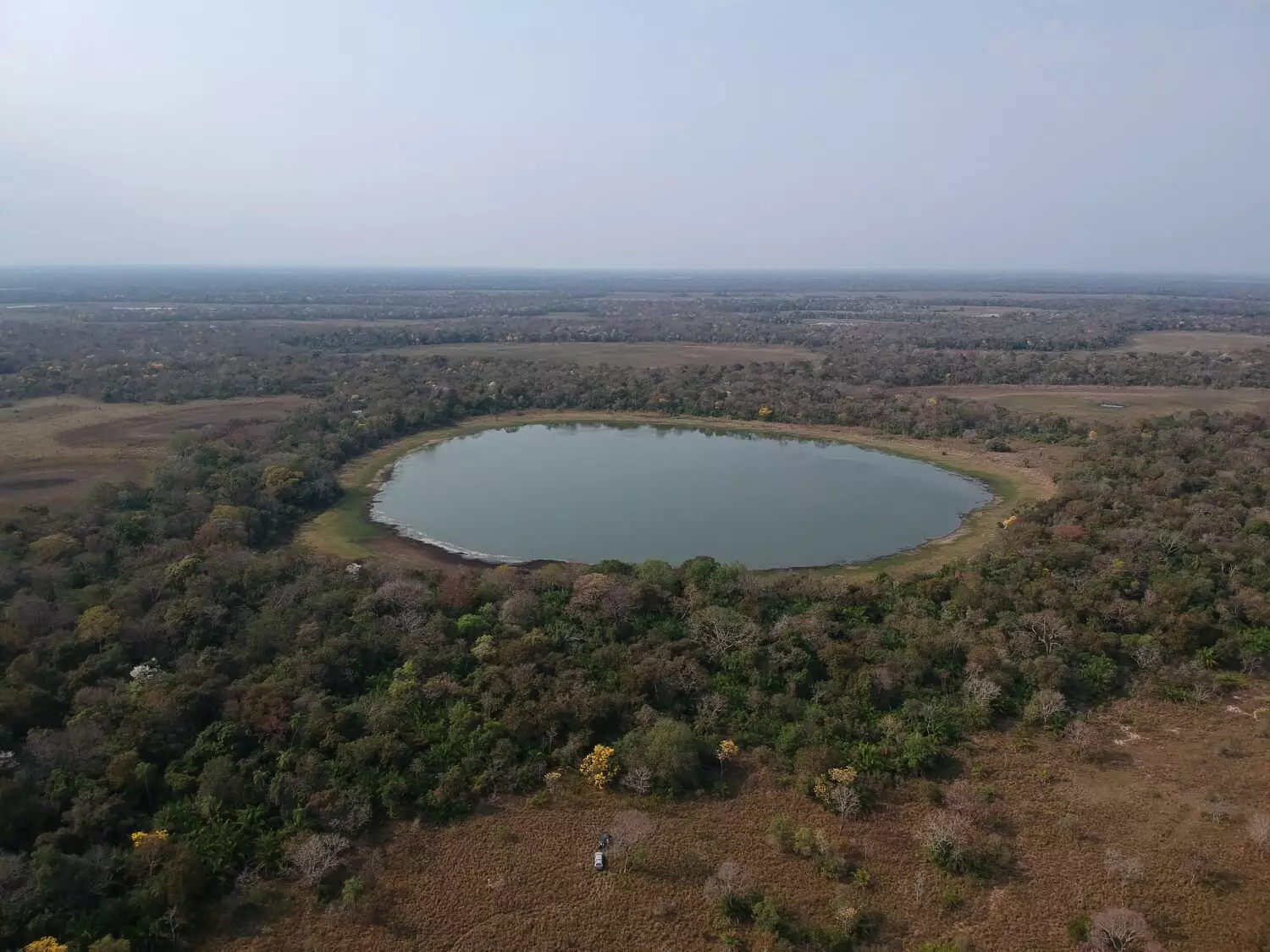The Pantanal, recognized as the largest tropical wetland globally, presents a captivating but complex ecosystem. Spanning 153,000 square kilometers predominantly in Brazil, with extensions into Bolivia and Paraguay, this wetland is characterized by its seasonal variability. Unlike many freshwater systems, the Pantanal’s soda lakes, which number nearly 900, offer a unique view into the intricate balance of nature and the factors influencing greenhouse gas (GHG) emissions. Seasonal changes—from dry to rainy periods—coupled with significant fluctuations in nutrient levels, critically impact these emissions, positioning soda lakes as underexplored hotspots in climate change discourse.
A recent study by Brazilian scientists emphasizes the critical role of microbial communities within these soda lakes. Conducted by researchers from the University of São Paulo and the Federal University of São Carlos, the findings suggest that understanding these microbial compositions is pivotal for accurate GHG emission models. Researchers indicate that simply measuring physical and chemical properties of the soda lakes without considering the biological factors would offer an incomplete picture of how these ecosystems function and how they might respond to environmental changes, including extreme weather and wildfires.
The study categorizes the soda lakes of the Pantanal into three distinct types: eutrophic turbid (ET), oligotrophic turbid (OT), and clear vegetated oligotrophic (CVO). This classification is not only based on water chemistry but also significantly correlates with the communities of microorganisms inhabiting each type. Interestingly, ET lakes emerged as the most prolific methane emitters, likely due to the presence of cyanobacterial blooms and the decomposition of organic matter. Conversely, while CVO lakes emitted lesser methane, they still contributed to GHG emissions, albeit at lower rates than their ET counterparts. OT lakes, on the other hand, displayed an unexpected outcome—no methane emissions were detected, which might be attributed to elevated sulfate levels inhibiting methane production. Instead, these lakes released carbon dioxide and nitrous oxide, highlighting the nuanced interplay of various factors influencing GHG emissions across different lake types.
The findings of this study have amplified concerns regarding the impact of climate variability on these ecosystems. The ongoing droughts and increasing frequency of wildfires pose threats not only to the biodiversity of the Pantanal but also to its capacity to act as a carbon sink. For instance, the area of the Pantanal has been shrinking steadily, and satellite imagery reveals a concerning trend of decreasing water volume and increasing cyanobacterial dominance between 2000 and 2022. Such changes raise alarm bells regarding the potential of these soda lakes to become significant sources of greenhouse gases, as conditions become more favorable for microbial growth capable of emitting these gases under specific circumstances.
The ecological significance of the Pantanal’s soda lakes extends beyond their immediate environment. These wetlands are not just a reservoir of biodiversity, home to over 2,000 plant species and 580 bird species—they also play a pivotal role in global carbon cycling. Natural wetlands, which occupy a mere 5-8% of the Earth’s surface, account for 20-30% of the global soil carbon storage, heavily impacting atmospheric CO2 regulation. This interplay between ecosystem health and climate regulation underscores the pressing urgency for research aimed at understanding how soda lakes are shifting under climatic stressors.
The researchers involved in this study advocate for extensive future investigations into the biochemistry and microbial dynamics of soda lakes. They aim to further unravel the specific contributions of these lakes to GHG emissions, drawing parallels with similar ecosystems in other parts of the world, such as Canada, Russia, and Africa. Understanding the implications of rising temperatures and altered rainfall patterns on these ecosystems is paramount—not only for the Pantanal but for global ecological networks. The urgent need to mitigate increasing GHG emissions and comprehend the cascading effects of these changes serves as a clarion call for scientific inquiry and action.
As climate change continues to exert pressure on sensitive ecosystems like the Pantanal, it becomes crucial to prioritize research that integrates both biological and chemical perspectives. By embracing a holistic approach, we can better predict environmental responses, ultimately fostering strategies aimed at preserving these invaluable natural resources and maintaining their crucial role in climate regulation. The soda lakes of the Pantanal stand on the forefront of this urgent scientific endeavor.


Leave a Reply